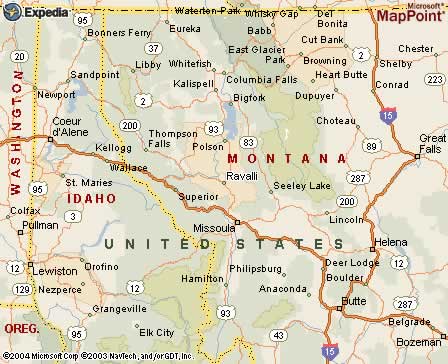|
|
Canku Ota |
|
|
(Many Paths) |
||
|
An Online Newsletter Celebrating Native America |
||
|
May 1, 2004 - Issue 112 |
||
|
|
||
|
Native American Students Get Insiders View of RML Research |
||
|
by Jenny Johnson Ravilli
Republic
|
||
|
credits: Microscopic
scientist Beth Fischer watches George Ball of Fort Belknap College
use an electron microscope at the Rocky Mountain Laboratories. Photo
by Jeremy Lurgio - Ravalli Republic
|
|
Only three scientists operate the expensive scope at Hamilton's Rocky Mountain Laboratories. And they are the core facility for labs in Hamilton and in Bethesda, Md., both part of the National Institute of Allergy and Infectious Diseases that performs primary research on the world's most infectious diseases. Last week was like being at Disneyland for Wetzel and his peers as they toured the RML facility and heard first hand about the research being done by Montana scientists. "It's
incredible," Wetzel said. "I just love it. I'm a lab rat
anyway, but this stuff is great." A Blackfeet tribe descendant, Wetzel is a member of a national organization that promotes the study of science and engineering in Native American communities. Wetzel was one of seven students from the University of Montana and tribal colleges who broadened their exposure to science with an afternoon at RML, a well-guarded facility that houses research on diseases such as tuberculosis, AIDS and chronic wasting disease. Guided by microscopic scientist Beth Fischer, the students sat at a $300,000 electron microscope to admire the formation of cells in streptococci bacterium. They also looked at a spider. The electron microscope can open up the inside of a cell so the onlooker can start seeing things on the atomic level, Fischer said. She explained how a virus needs to be magnified about 100,000 times to be seen, and with its short wave lengths, the electronic microscope provides a lot more definition than a normal light microscope. "For me it's just so much fun," she said. "It's like scuba diving because you get to see a lot of stuff that other people don't see." Wetzel stayed looking at the sample in the microscope well after his peers moved on to another room in the lab. He was clearly excited about what he was seeing. "We thought since we have such great science in our back yard, why not set up tours in our own region," said Flo Gardipee, president of the student chapter of the American Indian Science and Engineering Society. "We wanted to establish a collaborative relationship with the lab and generate some interest in the important research those scientists do." The group got an overview of the jobs available at RML and specific scientific projects going on at the lab. Tom Schwan talked about the significance of flea and tick borne diseases, and Olivia Steele-Mortimer talked about salmonella. Gardipee, who is a graduate student at the University of Montana, said the tour opened a lot of eyes to how science work is really done. And hopefully inspired students to continue their science study and eventually get into hands-on research. "Native Americans are capable of being really good scientists," she said. "I think this is really neat because things that hit the news about Native Americans are about crime and how we do poorly in school. This helps build a bridge between culture and science." |
|
|
www.expedia.com |
|
|
||
|
|
||
| Canku Ota is a free Newsletter celebrating Native America, its traditions and accomplishments . We do not provide subscriber or visitor names to anyone. Some articles presented in Canku Ota may contain copyright material. We have received appropriate permissions for republishing any articles. Material appearing here is distributed without profit or monetary gain to those who have expressed an interest. This is in accordance with Title 17 U.S.C. Section 107. | ||
|
Canku Ota is a copyright © 2000, 2001, 2002, 2003, 2004 of Vicki Lockard and Paul Barry. |
||
 |
 |
|
|
The "Canku Ota - A Newsletter Celebrating Native America" web site and its design is the |
||
|
Copyright © 1999, 2000, 2001, 2002, 2003, 2004 of Paul C. Barry. |
||
|
All Rights Reserved. |
||
 Shannon
Wetzel is one of a handful of people who has operated an electron
microscope locally.
Shannon
Wetzel is one of a handful of people who has operated an electron
microscope locally. 